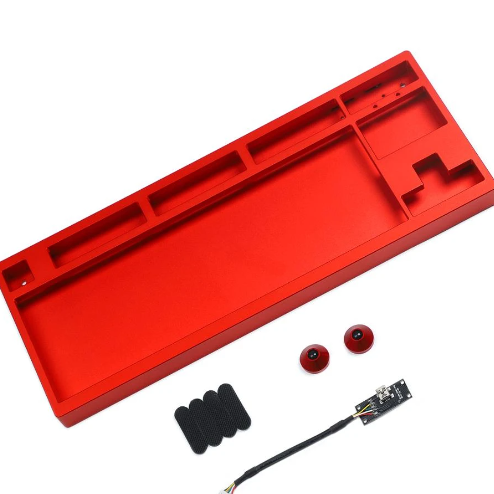Aluminum has excellent thermal and electrical conductivity, ranking fourth after silver, copper, and gold. As a result, several industrial shells will choose for aluminum alloy shells of varying types. Its metal casing is very malleable and may be sawed to any desired depth. Inside, you’ll often find card slots designed for circuit boards. No maintenance is required as long as the circuit board can be inserted directly. Its velocity is unparalleled compared to other shells. The manufacturing method often correlates with the quality of the aluminum alloy shell. So, how well do you understand the technology of producing an aluminum alloy shell?

Technology for fabricating aluminum-alloy cases:
1. High-pressure shaping method used internally
Research into the potential benefits and drawbacks of internal high pressure forming technology for the processing of aluminum alloy shells has just begun in the last few years. Tube blanks are forced into mold cavities with the use of internal pressure and axial force supplements to create different connections all at once. Alternatively, profiles may be manufactured using the basic extrusion process before being corrected using the internal high-pressure forming method.
2. The use of high-precision die-casting
Connectors for the aluminum alloy frame of the vehicle are often cast using semi-solid die-casting or other high-precision die-casting techniques. Current semi-solid die-casting technology makes use of either a rheological forming process or a thixoforming technique. To do die casting, the molten metal must first be injected into the barrel of an injection molding machine, where it will be sheared by a screw mechanism until it has cooled to a semi-solid slurry. The latter entails introducing scrap or other bits of solid metal into a spiral injection molding machine, heating and shearing the mixture until it becomes a slurry, and then die casting the mixture.
Both of the methods outlined above are often used to manufacture aluminum alloy shells. It is important to remember that the form, size, and finish of aluminum housings must be tailored to the individual needs of each product brand and model. As a result, we may tailor our choice of aluminum housing processing technique to meet our specific requirements.